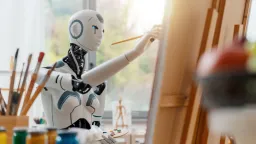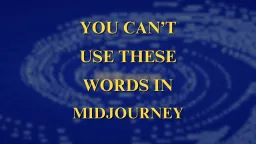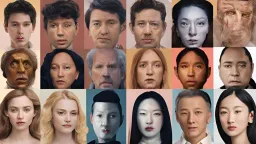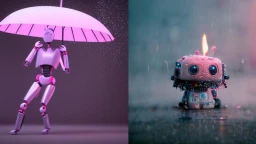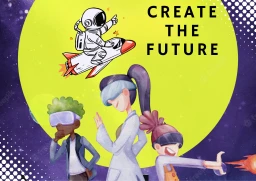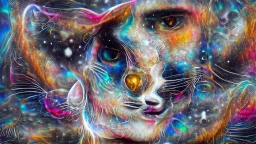How to use lightings in Midjourney: Working with multiple lightings on a single image
Lighting in digital art is akin to the soul of a photograph or painting—it defines form, accentuates texture, and sets the mood. In Midjourney, understanding and manipulating lighting is fundamental to achieving desired aesthetics. From the golden hues of sunrise to the stark contrasts of artificial neon, each lighting scenario tells a different story.
Midjourney interprets textual prompts to generate visuals, making the choice of words crucial. When it comes to lighting, specificity is key. Let us understand how these keywords frame the image.
1. Understanding Lighting Types
Natural Light: Descriptions should capture the time of day, weather conditions, and the direct or diffused nature of the sunlight. Phrases like "early morning light filtering through mist" or "harsh midday sun casting sharp shadows" guide the AI towards your intended lighting.
Prompt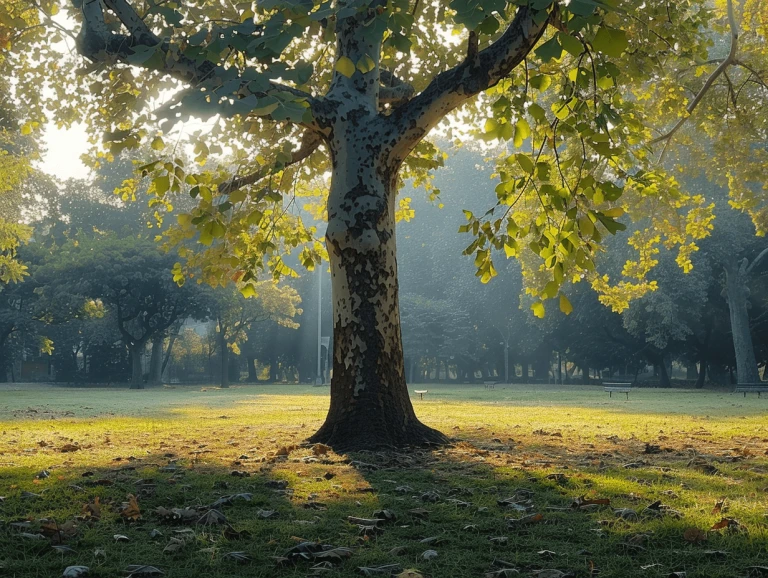
Artificial Light: Specify types of artificial lighting, such as "soft glow of street lamps" or "harsh fluorescent lights," to explore how different sources affect scenes or subjects.
There are few such examples we can make use of and let us try different light settings on an image and see the outcome.
Fireworks: Create vibrant, dynamic bursts of color and light, often used to add a celebratory or dramatic effect.
Prompt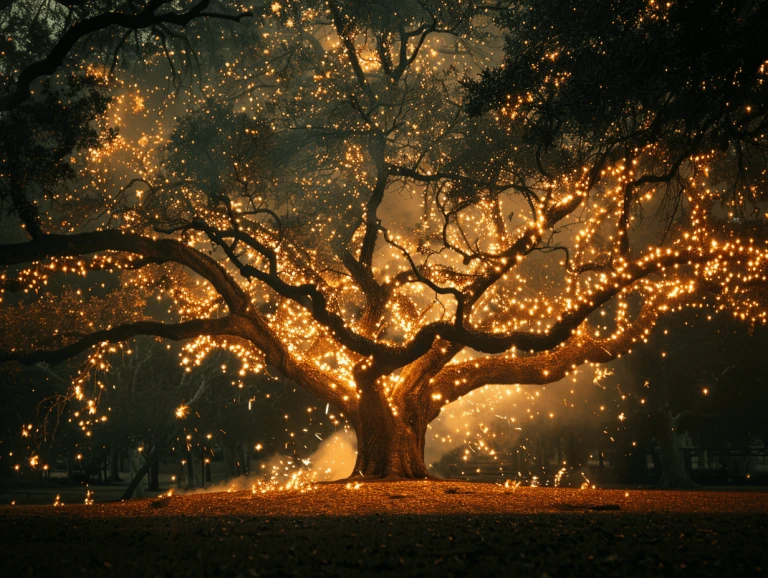
Gobo Lights: Cast patterned shadows or shapes by blocking parts of the light, adding texture and depth to scenes.
Prompt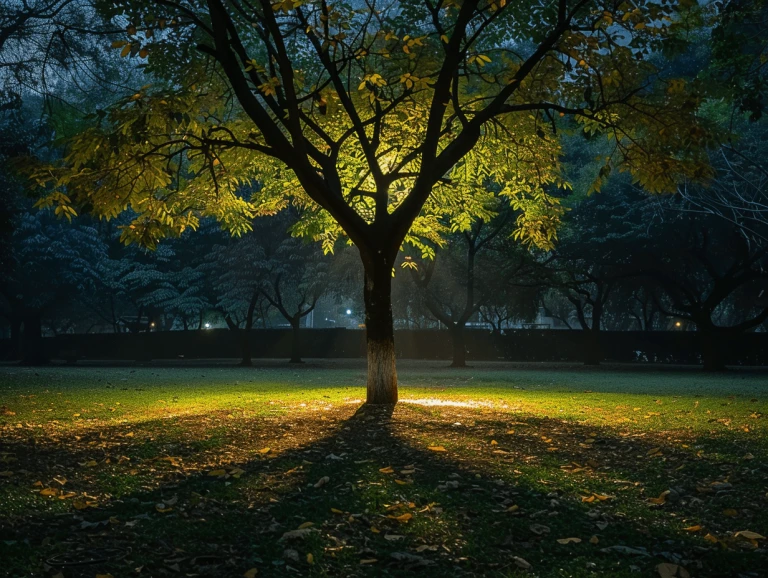
Halogen Lamps: Emit a bright, white light, offering clarity and sharpness, ideal for highlighting details and creating contrast.
PromptBioluminescence: Generates a natural, ethereal glow from within organisms or objects, creating a magical or otherworldly atmosphere.
Prompt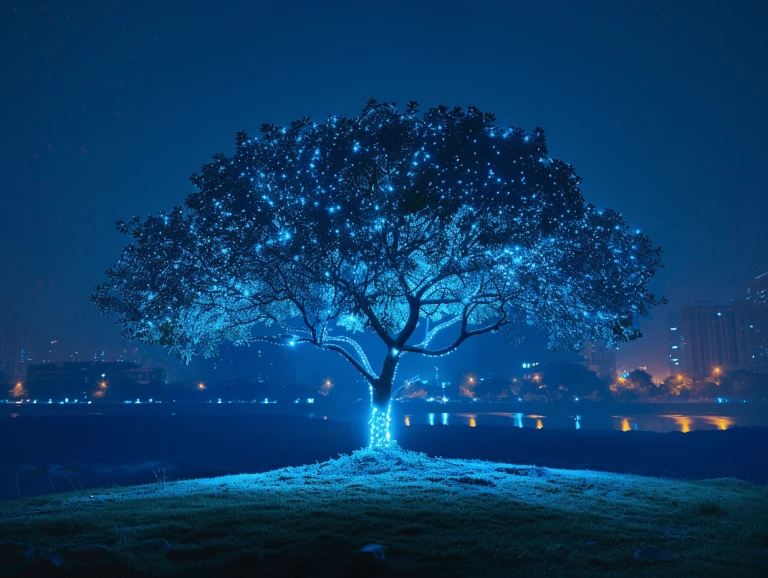
Sodium Vapor Lamps: Provide a distinctive yellow-orange light, often used for urban night scenes or to evoke a vintage feel.
Prompt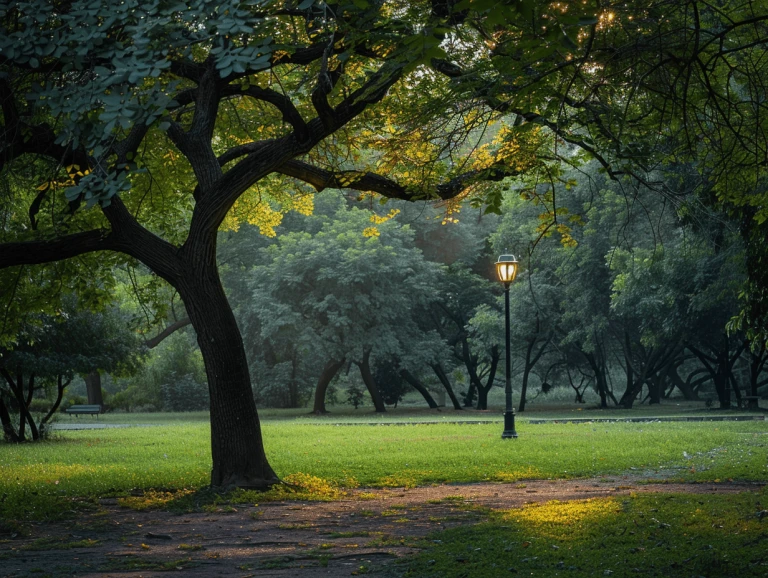
Plasma Lights: Produce a high-intensity, efficient light, used for creating vibrant, energetic scenes with a futuristic vibe.
Prompt2. Direction and Quality of Light
Direction: The direction from which light hits the subject can drastically alter the mood. Terms like "backlit," "sidelit," and "frontlit" can help create dramatic, soft, or flat lighting effects, respectively.
Quality: The softness or harshness of light impacts the scene's feel. Words like "soft," "diffuse," or "harsh" help Midjourney simulate the desired texture and depth.
3. Color and Temperature
Light's color temperature can evoke different emotions. Warm tones often convey comfort or nostalgia, while cool tones can create a sense of calm or detachment. Incorporating "warm golden light" or "cold blue light" into prompts can guide the AI’s color palette.
In the end, it all comes down to trial and error. Experiment with varying degrees of specificity in your prompts and observe how subtle changes can lead to dramatically different outcomes.
As Midjourney continues to evolve, so too does the potential for creative expression within its framework. The ability to manipulate lighting—arguably one of the most potent tools in an artist’s arsenal—opens up new avenues for storytelling, mood creation, and visual impact. By delving into the subtle art of lighting within Midjourney, creators unlock the door to a world where the only limit is their imagination.

